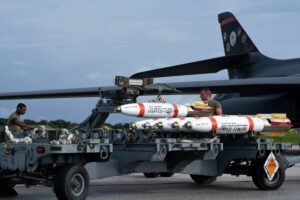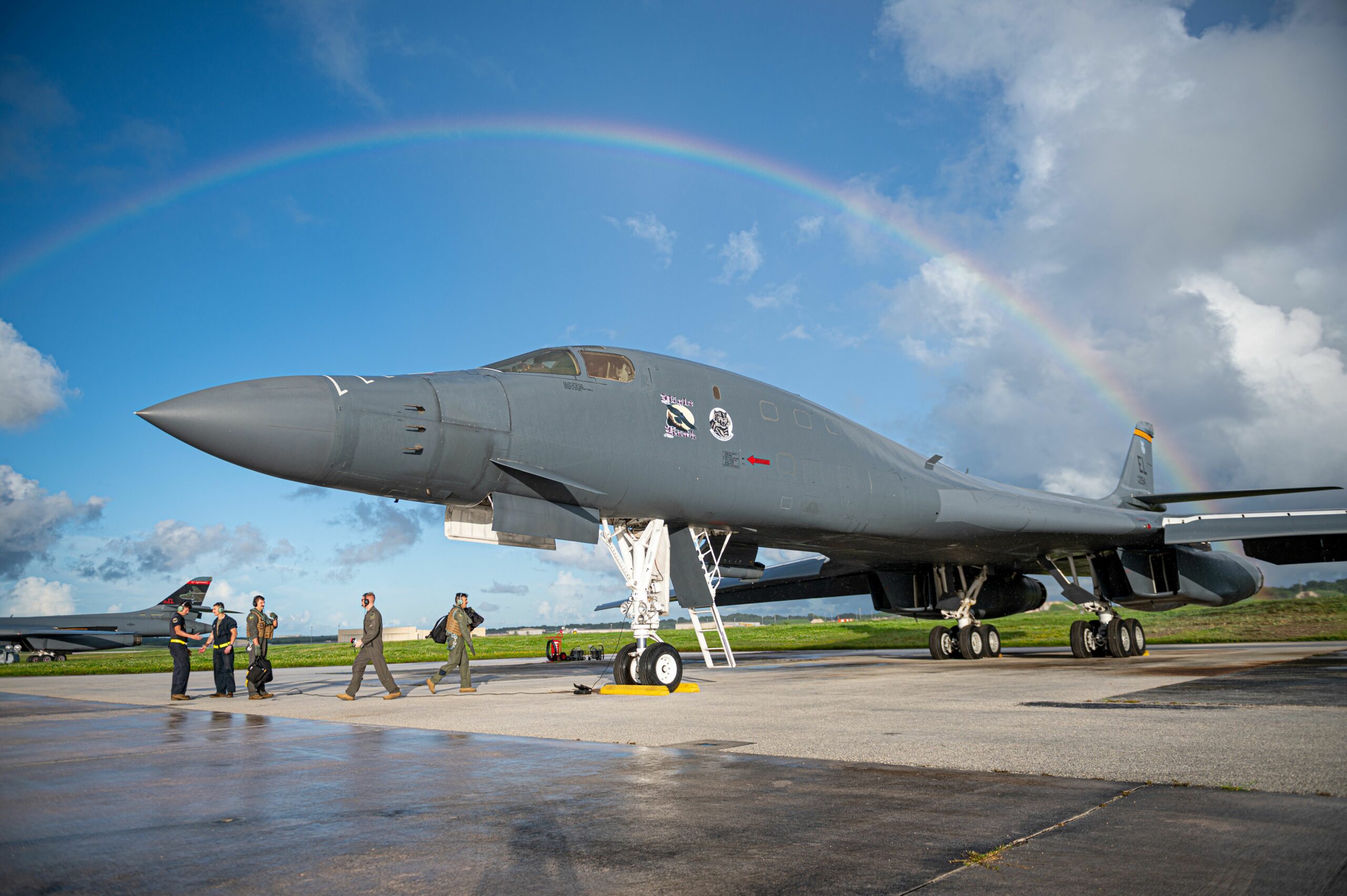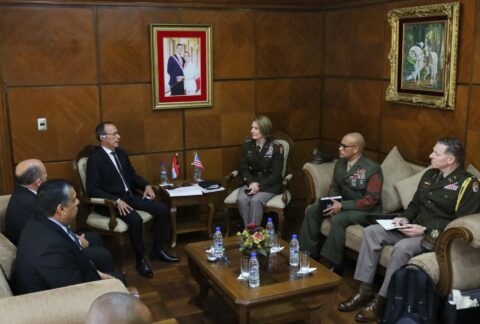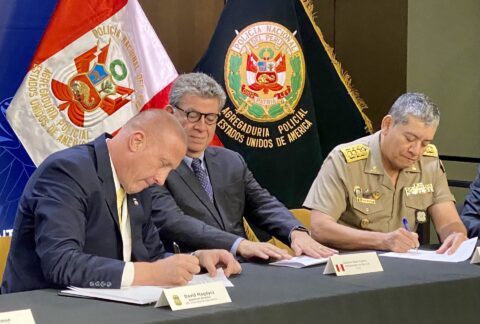The U.S. Air Force deployed four B-1B Lancers to conduct Bomber Task Force (BTF) missions in the Indo-Pacific region with key allies and partners from October 17 – November 20, 2022. The bombers are assigned to the 37th Bomb Squadron, 28th Bomb Wing at Ellsworth Air Force Base, South Dakota, and flew to Andersen Air Force Base in Guam in support of this BTF mission.
During their month-long deployment to Guam, the B-1B strategic bombers executed various missions, including adversarial deterrence, aerial integration, and interoperability training with Japanese Air Self Defense Force F-2s, Republic of Korea (ROK) F-35A fighters, and U.S. Air Force A-10C Thunderbolt IIs, hot pit refueling operations at Misawa Air Base in Japan, and a joint mine-laying training exercise with U.S. Navy forces. The B-1Bs flew a total of 26 missions, accruing more than 360 hours of flight time.

“Bomber Task Force deployments and missions provide key assurances and cooperation with joint and partner allies in the region,” said U.S. Air Force Lieutenant Colonel Daniel Mount, 37th Bomb Squadron director of operations. “The B-1 is an especially capable platform in this region, being able to travel large distances and bear significant firepower with precision and standoff munitions.”
B-1 B bombers are capable of supersonic speeds and can carry up to 75,000 pounds of conventional weapons, the largest payload of any U.S. Air Force bomber. They cannot carry nuclear weapons, in accordance with the New START Treaty.
BTF operations are carried out routinely by U.S. Strategic Command across the globe as a demonstration of U.S. commitment to collective defense and to integrate with Geographic Combatant Command operations and activities.
These BTF missions support the National Defense Strategy objectives of strategic predictability and operational unpredictability, enabling strategic bombers to operate forward from a broad array of overseas and continental U.S. locations with greater flexibility and operational resilience.
One of the first missions for the B-1Bs was early in the deployment in late October when the bombers integrated with U.S. Naval forces to conduct a naval mine exercise (MineX) off Okinawa during a training mission that originated from Andersen Air Force Base in Guam.
“Executing a MineX during a Bomber Task Force mission strengthens those ties through necessary integration training across the services to everyone involved in the process,” said U.S. Air Force Lieutenant Colonel Chris McConnell, 37th Bomb Squadron commander. “From the Navy personnel building and delivering the munitions, to our weapons loaders ensuring they are loaded on aircraft properly, the aircrew and planners will execute the mission and fly alongside our Navy partners and allies.”
Together, a team of 28th Munitions Squadron weapons loaders and Sailors from Navy Munitions Command, Pacific Unit, Guam, armed the B-1B bombers with 21 Mark-62 Quickstrike mines, weighing 500 pounds each. After flying to an exercise area off Okinawa, the B-1Bs deployed the inert training mines into the water.
A naval mine is a self-contained explosive device employed to destroy surface ships or submarines and provide a low-cost battlespace shaping and force protection capability. Mines may also be used to deny an enemy access to specific areas or channel them into specific areas.
Training outside the U.S. enables aircrew and Airmen to become familiar with other theaters and airspace and enhances the enduring skills and relationships necessary to confront a broad range of global challenges.
“BTF missions showcase our ability to integrate with many allied and partner nations in the Indo-Pacific region, in addition to our Joint Forces,” said Lt. Col. McConnell. “They provide valuable training for our bomber crews across multiple mission sets while integrating with those forces and show our nation’s commitment to maintaining a free and open Indo-Pacific by exercising across the region.”









